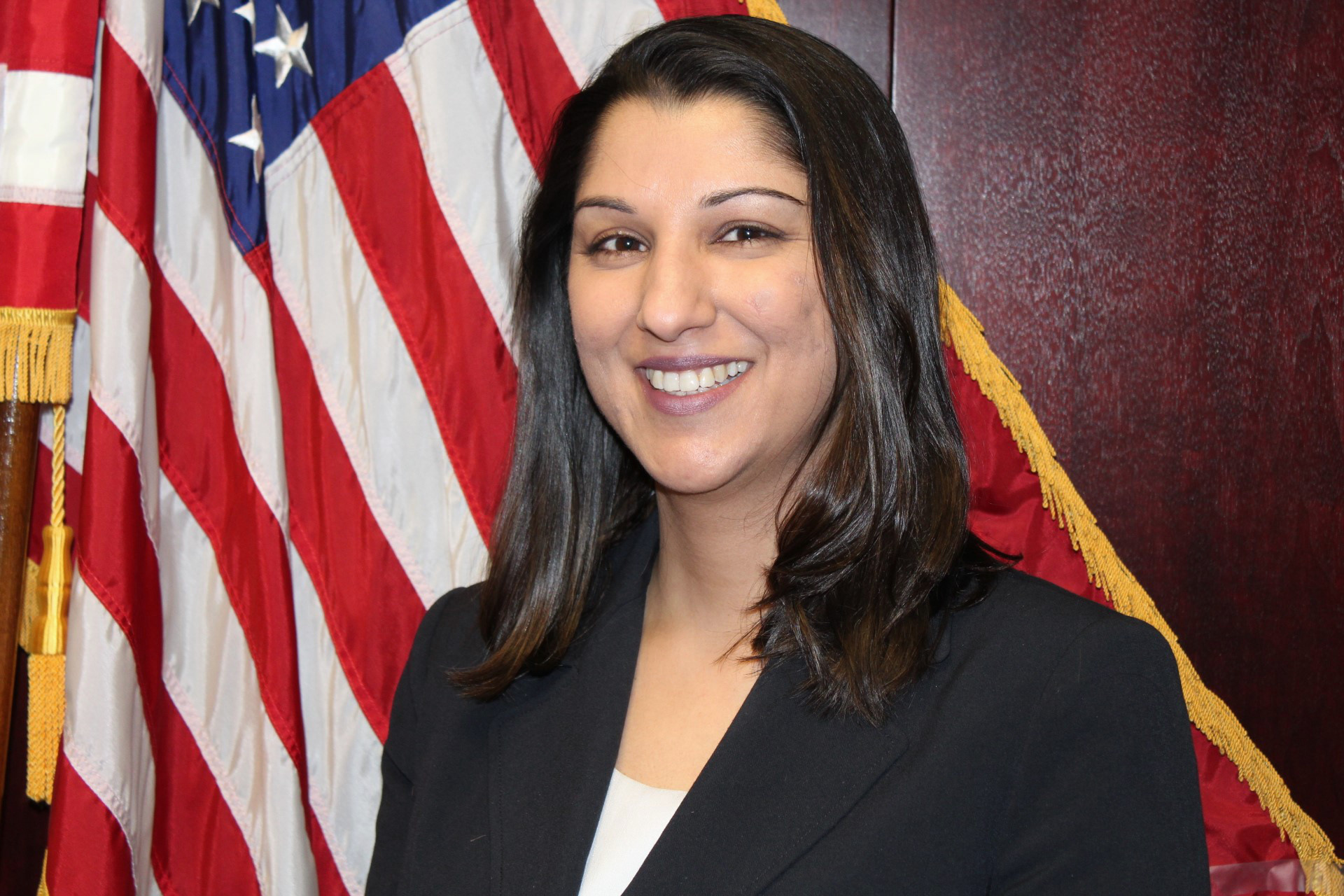DOVER — While flu in Delaware continues to be widespread, the Division of Public Health (DPH) announces single-week flu numbers are finally starting to drop. There were 893 laboratory-confirmed influenza cases for the week ending February 24, a sharp decline from the record-setting 1,521 cases reported the previous week. These numbers reflect only laboratory-confirmed cases and the actual number of flu cases in Delaware is likely much higher. The 893 new cases bring the season total to 6,674 laboratory-confirmed influenza cases for the 2017-2018 season, the highest number of confirmed cases since record-keeping began in the 2004-2005 season.
Additionally, DPH is announcing five more flu-related deaths, bringing the total to 28, tying the highest death total on record in 2014-2015. Four of the five deaths were more recent, while one occurred during the first week in February. The deceased individuals ranged in age from 53 to 92. All five were from New Castle County and all had multiple underlying health conditions.
“While we believe that flu season has peaked for us in Delaware, flu is still widespread and at high levels in our state, and will likely continue to circulate for weeks to come,” said DPH Director Dr. Karyl Rattay. “We strongly encourage everyone to continue practicing the important preventive measures we have been promoting including staying home when you’re sick, calling your doctor at the first signs of flu-like illness, washing your hands frequently, and covering coughs and sneezes.”
If you are sick, do not go to school, work, or other social functions until you are fever-free (temperature less than 100 degrees F; 37.8 degrees C) for at least 24 hours without fever-reducing medication.
Although the overall number of flu cases have gone down, DPH reminds Delawareans that as long as flu is circulating in the community, there is still time to get a flu vaccine. DPH has added several flu clinics to its schedule. There will be a clinic Tuesday, March 6, at the Adams State Service Center, 544 S. Bedford St., Georgetown, from 9:00 a.m. to 12:00 p.m. and from 1:00 p.m. to 3:30 p.m. There is also a clinic scheduled on Wednesday, March 7 at the Williams State Service Center at 805 River Road, Dover, from 9:00 a.m. to 3:00 p.m. Registration will be in the first floor lobby. DPH offers ongoing free flu shots at five State Service Centers. For more information about free flu clinics, visit http://dhss.delaware.gov/dhss/dph/fluclinics.html. To shorten your wait time, you can complete the vaccination form found at the bottom of the webpage and bring it with you.
DPH continues to emphasize the importance of taking antivirals if prescribed by your doctor, and visiting either your doctor or a walk-in clinic rather than the emergency room when symptoms are non-life threatening. People who are extremely ill with symptoms such as trouble breathing, bluish skin color, fever with a rash, dizziness, or severe or persistent vomiting should seek out immediate medical help. Your primary care provider may decide to provide antiviral medications to help speed up recovery and prevent serious complications without an in-office visit. DPH asks medical providers to consider starting antiviral treatment for all hospitalized patients and all high-risk patients with suspected influenza. In addition, DPH encourages providers to consider antiviral treatment for any patients with influenza-like illness, including those not usually considered to be at high risk for influenza complications.
For more information about flu surveillance in Delaware, read the weekly flu report at http://dhss.delaware.gov/dph/epi/influenzawkly.html.
A person who is deaf, hard-of-hearing, deaf-blind or speech-disabled can call the DPH phone number above by using TTY services. Dial 7-1-1 or 800-232-5460 to type your conversation to a relay operator, who reads your conversation to a hearing person at DPH. The relay operator types the hearing person’s spoken words back to the TTY user. To learn more about TTY availability in Delaware, visit http://delawarerelay.com.
Delaware Health and Social Services is committed to improving the quality of the lives of Delaware’s citizens by promoting health and well-being, fostering self-sufficiency, and protecting vulnerable populations. DPH, a division of DHSS, urges Delawareans to make healthier choices with the 5-2-1 Almost None campaign: eat 5 or more fruits and vegetables each day, have no more than 2 hours of recreational screen time each day (includes TV, computer, gaming), get 1 or more hours of physical activity each day, and drink almost no sugary beverages.



